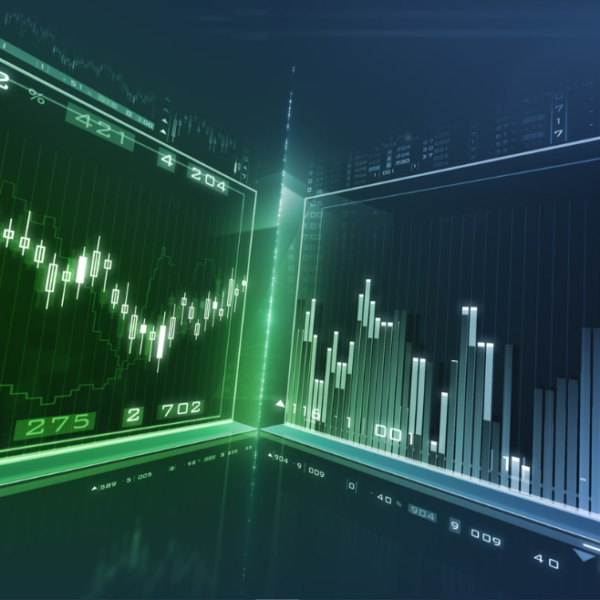Events are moving frantically over the US banking crisis, with a dramatic dovish repricing of the Fed curve, US regional banks crashing, and European financial heavyweights getting dragged into the mire. US history’s second-biggest bank failure leaves markets on edge and central bankers between a rock and a hard place.
Timing is everything in markets, and the current fallout has come on the back of Fed Chair Powell’s recent hawkish pivot at his semi-annual testimony. He had guided that any upcoming rate hikes might be bigger than previously thought and stay high longer. The world’s most powerful central banker also said the FOMC decision would be heavily data-dependent, and we get a crucial piece of that puzzle tomorrow with the latest CPI data.
Core inflation will likely remain hot, matching the January print, with shelter prices expected to be a key source of price pressures. The spotlight will be on the services sector as the Fed chair has previously acknowledged progress in taming goods inflation but little sign of disinflation in core services ex-housing.
Contagion Fears Slash Rate Bets
Bets on a 50bp rate hike at next week’s FOMC meeting rose above 80% after Powell’s speech last week. But contagion fears have seen money markets price in a material chance of policymakers keeping rates unchanged at their rate decision gathering in ten days. The moves in Treasury markets have been remarkable, with the two-year yield, which has historically been a predictor of the Fed terminal rate, moving from a recent high above 5% last Wednesday to around 4% today. The two-day range was second only to Black Monday in 1987.
Bank Tensions Fuel Uncertainty
In the near term, bank tensions are rife, meaning uncomfortably high inflation figures will muddy the monetary policy and rate outlook. It is a difficult position for Fed policymakers trying to fight a battle with historically high inflation by raising rates and addressing potential systemic liquidity issues. Ongoing extreme volatility may also cause more financial stress, pushing the Fed further off its hiking path and away from its inflation target.
Dollar Under Fire Ahead Of ECB
The dollar has inevitably come under fire in what is likely to be a very rough week for markets. The first major US financial crisis since the GFC in 2008 has seen investors shun the buck in favor of haven currencies like the CHF and JPY.
This is what happens in periods of high-risk aversion. Collapsing US Treasury yields mean the difference between rates in the eurozone has also narrowed substantially, pushing EUR/USD up to one-month highs. Thursday’s ECB meeting will be challenging, with President Lagarde facing the same high core inflation issues.

